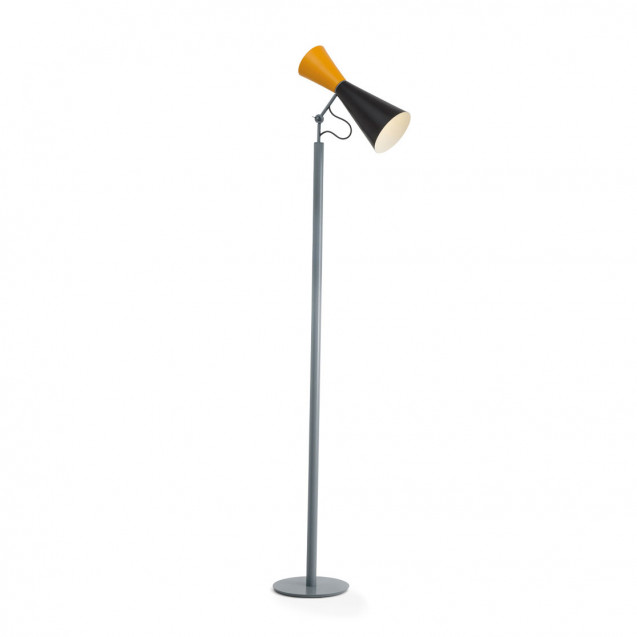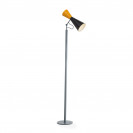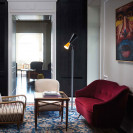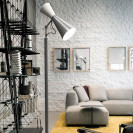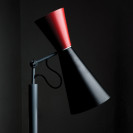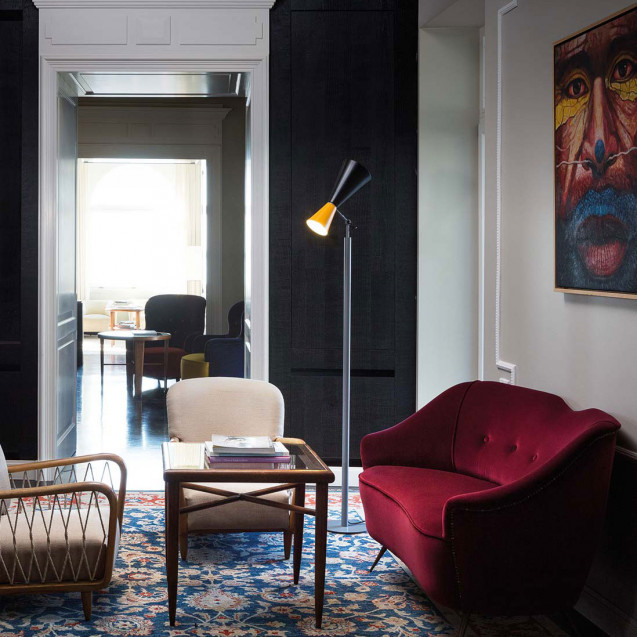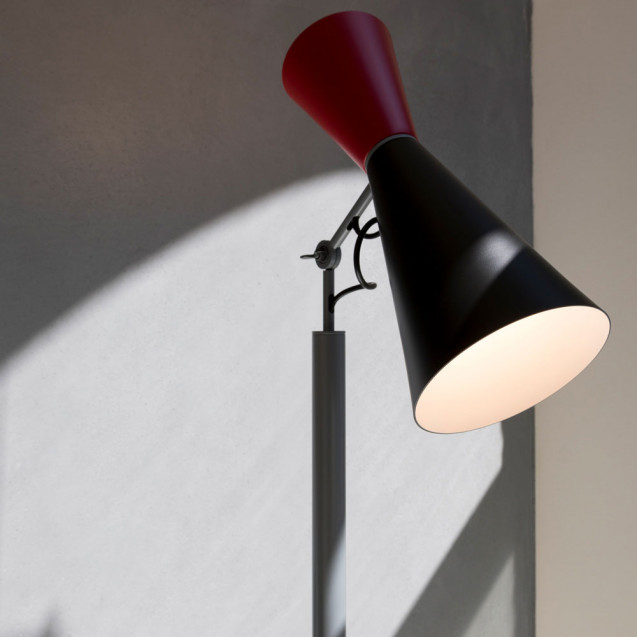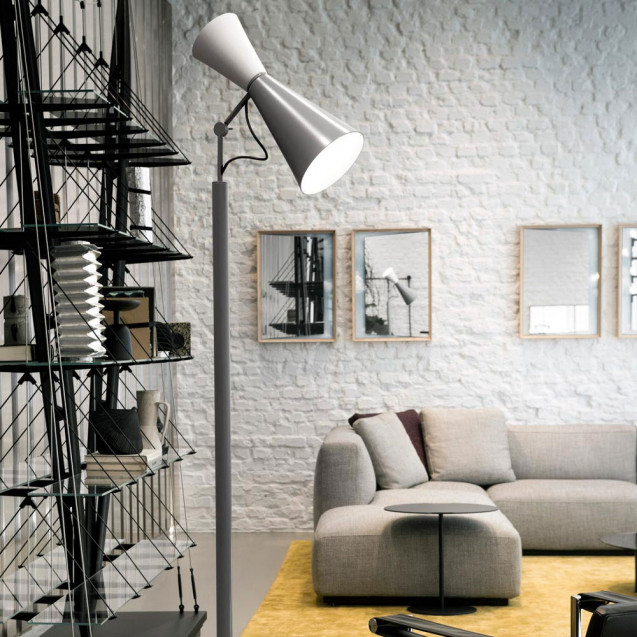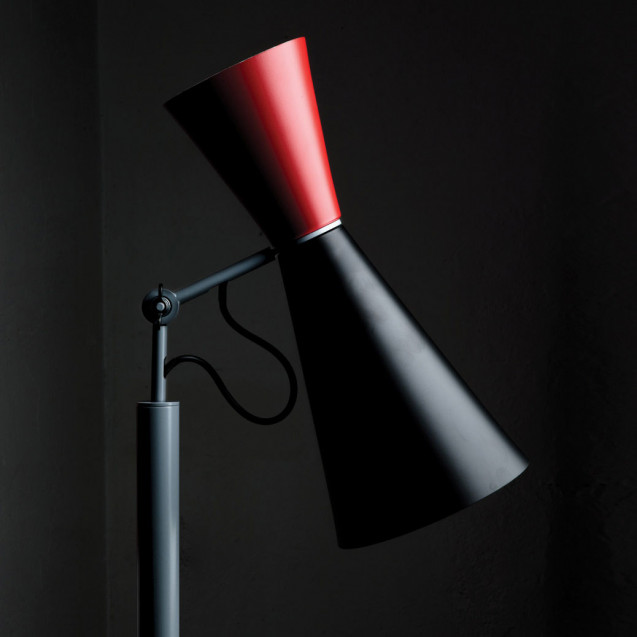Parliament
Le Corbusier designed the Parliament lamp for the Chandigarh Parliament in India. Floor lamp, double adjustable emission, in painted aluminum with diffusers in matt black and yellow, white and grey or matt black and red. Whitewash internal diffusers. Stem matt grey.
| About Designer | |
|---|---|
Le Corbusier |
Chaux-de Fonds/Roquebrune-Cap-Martin, 1887/1965 Charles-Edouard Jeanneret, known as Le Corbusier, was
born at La Chaux-de-Fonds, in the Swiss Jura, in 1887; he died in France, at
Roquebrune-Cap-Martin, on the French Côte d’Azur, in 1965. Early in his career his work met with some resistance
owing to its alleged «revolutionary» nature and the radical look it acquired
from its «purist» experiments; in time , however, it won the recognition it
deserved and it is still widely admired. His message is still being assimilated
by an ever increasing number of people in the profession, but his far-out
avant-garde attitudes should be interpreted with due consideration for the use
of rational systems in his planning method, evidenced by extremely simple
modules and formes based on the functional logic. «Functionalism tending not so much to an exaltation of
the mechanical function at the expense of the symbolic, as to the rejection of
symbol that he now considers outmoded and insignificant and the restoration of
the pratical function as a symbol of new values»(¹) In his activities as town-planner, architect and
designer, his method of research continued to develop, at times going to the
opposite extremes of a rich plastic idiom. Instances of this are: Unité d’Habitation, Marseille (1946-52); the Chapel at Ronchamp (1950-55); the Dominican Monastery «La Tourette» (1951-56); the Centre of Zurich (1964-65) the Hospital in Venice (1965). Much the same commitment will be found in the
furniture of the Equipement intérieur de l’habitation (tables, chairs,
armchairs, sofas) designed for the Salon d’Automne, 1928, with Pierre Jeanneret
and Charlotte Perriand and “Casiers Standard”, system of container units
designed for the Pavillon of the Esprit Nouveau, 1925, with Pierre Jeanneret.
Cassina re-proposes this furniture considered
“up-to-date”; its clear and essential “form” is highly adaptable to change in
time and in environment, constantly providing new significance. |



